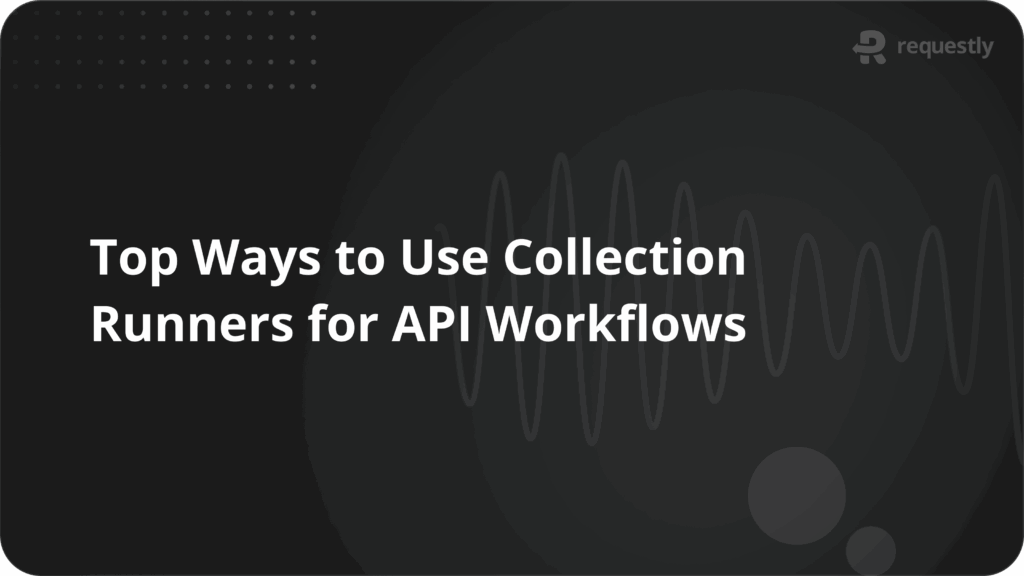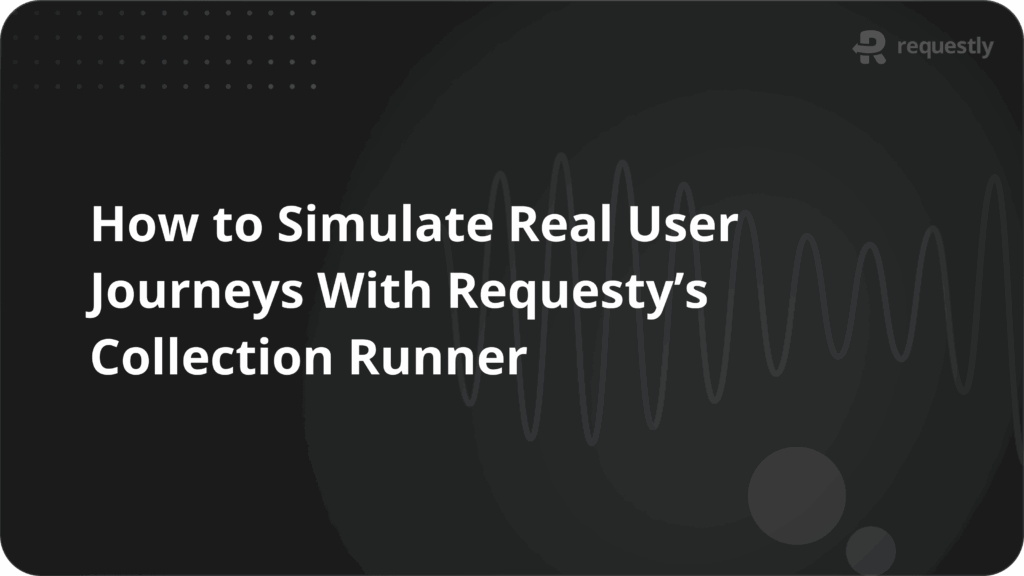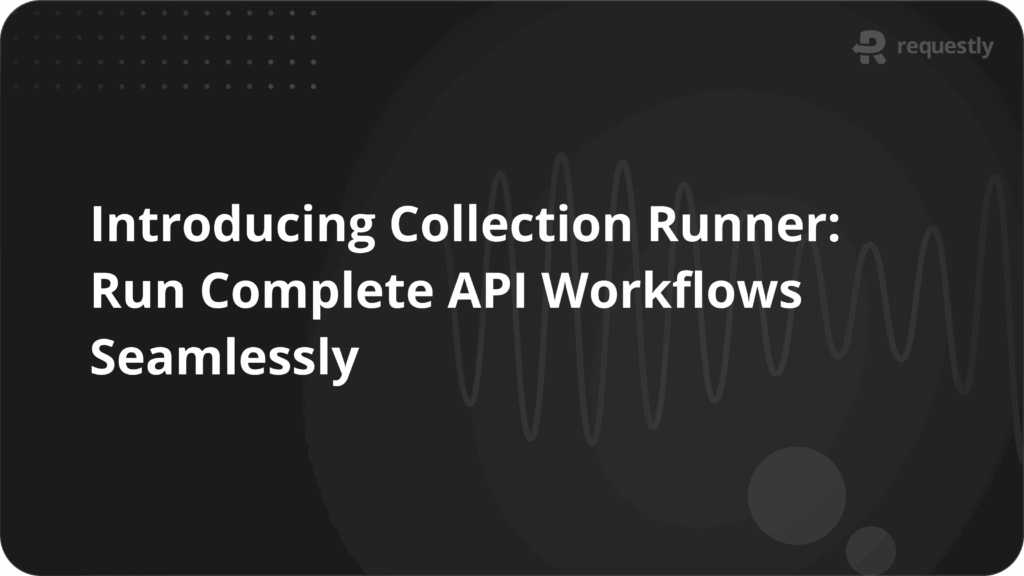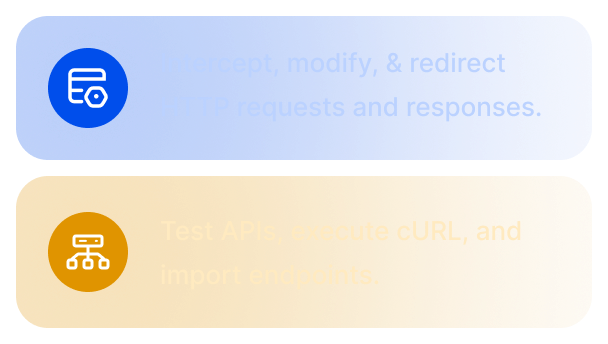Top Ways to Use Collection Runners for API Workflows

Collection runners are one of the most underrated tools in API testing and automation. Whether you’re a developer debugging endpoints or a QA engineer automating tests, a collection runner can save hours of repetitive work and dramatically improve coverage.
Here are 10 powerful ways to leverage a collection runner to automate, validate, and scale your API workflows.
1. End-to-End Workflow Testing
End-to-end testing involves running a series of API requests that simulate an entire user workflow from start to finish.
For example: A user journey from account signup, profile setup, and adding items to a cart, to completing a purchase.
Scenario: Instead of sending each API request manually, chain them in a collection runner. Variables like user IDs or session tokens flow between requests automatically, simulating real-world behavior and uncovering potential issues in the full workflow.
2. Data-Driven Testing
Data-driven testing uses external files, like CSV or JSON, to test multiple input combinations automatically.
For example: Testing login functionality for different user roles and permissions using a CSV containing usernames, passwords, and roles.
Scenario: Run the collection once to validate dozens of combinations. This helps identify edge cases, such as invalid credentials or restricted access, without repeating manual testing.
3. Performance Smoke Testing
Performance smoke testing checks how APIs respond under repeated or high-frequency requests to spot slowdowns or errors
For example: Sending the same API request 100 times in a row to measure response times.
Scenario: Quickly determine if any recent code changes caused response degradation or errors. While not a full load test, it’s perfect for lightweight checks after updates.
4. Continuous Integration (CI) Testing
Automating API tests as part of the development pipeline ensures that every code commit maintains API stability.
For example: Running automated tests in Jenkins or GitHub Actions every time new code is pushed.
Scenario: A developer updates a payment endpoint. The collection runner executes pre-configured tests to ensure all flows still work before merging, preventing broken releases.
5. Environment-Specific Testing
Testing the same collection against different environments. e it development, staging, and production that without modifying requests.
For example: Using environment variables for API base URLs and credentials to switch between staging and production.
Scenario: Run the same workflow in multiple environments to validate consistency and catch environment-specific issues.
6. Post-Deployment Sanity Checks
Quick validation of critical endpoints after a new release to ensure the system is functional.
For example: Checking login, health checks, and payment flows immediately after deployment.
Scenario: A new release goes live. A collection runner executes a small set of essential tests to catch any issues before users are affected.
7. Scheduled API Monitoring
Running collections at regular intervals to monitor uptime and API health over time.
For example: Scheduling a collection to run every hour and send alerts if any endpoint fails.
Scenario: Ensure key endpoints remain operational and catch downtime or errors before they impact users.
Final Thoughts
Collection runners transform repetitive API tasks into automated, repeatable workflows. By combining end-to-end testing, data-driven scenarios, environment management, and automated reporting, they make API testing smarter, faster, and more reliable.
Contents
Subscribe for latest updates
Share this article
Related posts



















